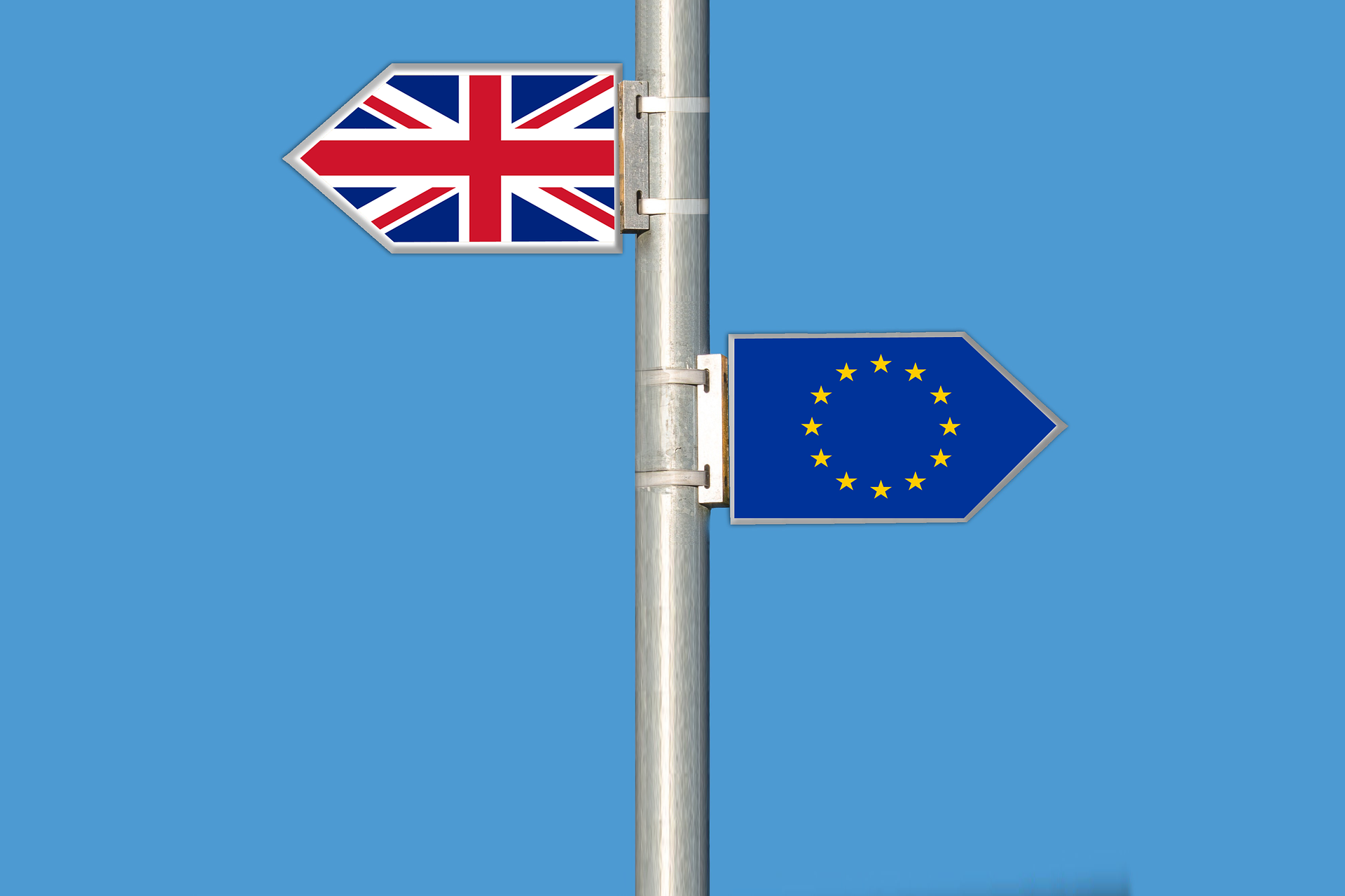
23 Aug The Hydrogen Strategy of the EU and the UK.
Source: http://reuters.com
The EU supports hydrogen as a means to attain the zero carbon emission goals. Last year, the European Commission drew a strategy favouring the use of green hydrogen in all sectors and especially in those where the zero carbon emission goal is more difficult to attain, for instance, steel production.
INEOS, the British multinational chemistry Company, the largest producer of hydrogen in the UE, said they consider hydrogen economy is the best option to reach the decarbonization goals. Tom Croty, INEOS Corporate Affairs Director, said last week: “But the government must start to commit to investment in the development of the UK’s hydrogen infrastructure,” “At the moment, we are massively lagging behind Europe and words are not enough.”
The British government published its strategy last 17th August. Their goal is to produce 5 GW low-carbon hydrogen by 2030 to replace the use of natural gas in British industry, transportation and homes. 900 million pounds will be funded for hydrogen projects and they expect about 9,000 josbs will be created along the decade.
Most of the hydrogen produced in Great Britain comes from fossil fuel. The government aims at obtaining a fifth of hydrogen from electrolysis using renewable energy. They also plan to use blue hydrogen from steam and natural gas.
The UK government’s climate change adviser to the Committee on Climate Change estimated that in order to attain the zero emission goal by 2050, they will have to produce 270 TWh hydrogen, mainly blue. (1 GW equates 8.76Twh energy along a year.)
A couple of weeks ago, research groups from the Universities Cornell and Stanford in the USA stated that blue hydrogen is 20% worst for the environment than using gas at home due to the methane and carbon dioxide emissions that escape while producing hydrogen.
Environmental groups consider including blue hydrogen in the strategy will keep the country locked into the fossil fuel economy.



